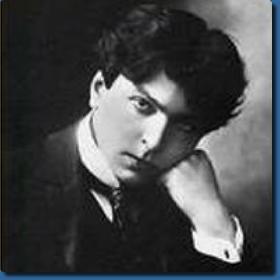 |
|

Nicola Meecham |
George Enescu (1881-1955) is known primarily today in conjunction with the world of violin playing. Celebrated as a violin virtuoso throughout the capitals of Europe and North America in the first half of this century, and later admired as a teacher of luminary talents such as Yehudi Menuhin, Arthur Grumiaux, and Ida Haendel, Enescu exerted a considerable influence on the developments of the international music scene. This was nowhere more apparent than in Paris and Bucharest, cities in which Enescu spent most of his life active as performer, conductor, and composer.
As his career progressed, Enescu dedicated an increasing amount of time and energy to composition, producing an impressive list of works, many of which were of monumental proportions. Contemporary with Bartok and Kodaly, Enescu found himself caught in the current of nationalism that asserted itself in Europe during the first decades of the twentieth century. Seeking a personal, expressive idiom in which he could fuse the musical elements of both Western tradition and his native Romanian folk heritage, Enescu experimented with diverse compositional trends and styles.
Expanding the reaches of tonality with heightened chromaticism, in which microtonal as well as modal inflections were both to play significant roles, Enescu's idiom evolved into a highly plastic language, comprising a great variety of stylistic characteristics. In order to assimilate the heterogeneous elements into one unified expression, Enescu relied on traditional compositional techniques such as sonata form, cyclic thematic structure, and motivic development. Jonas Erik Kvarnström
Enescu
Opening of 2nd movement, Sonata in D major Op 24 No 3
SOMM CD